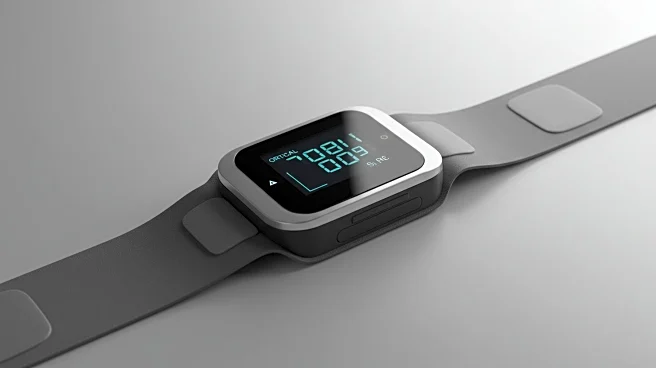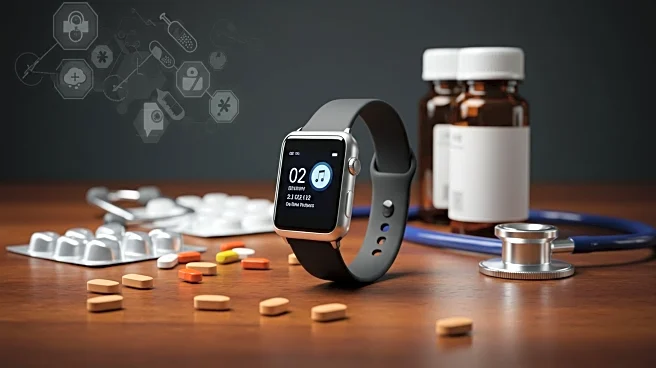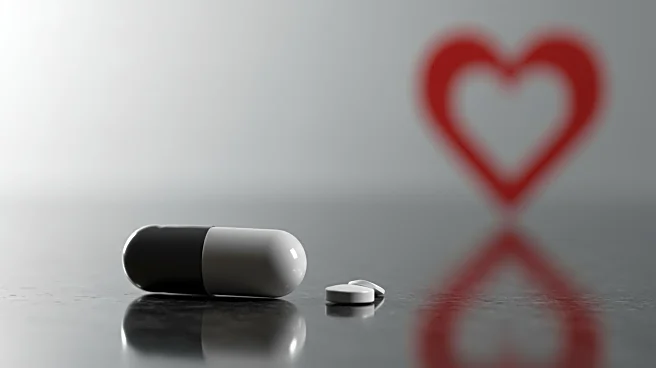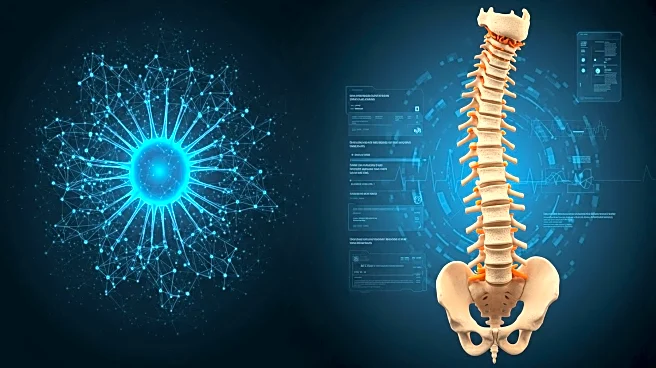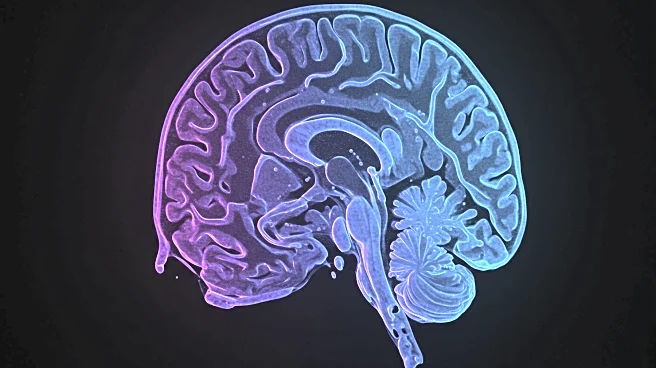Rapid Read • 7 min read
Researchers have developed a wearable patch that offers real-time blood pressure monitoring, potentially transforming hypertension management. This skin-mounted electronic patch provides continuous tracking with hospital-grade accuracy, outperforming traditional cuff-based monitors. The device uses liquid metal sensors and laser sintering for precise measurements and high durability. It is suitable for patients and athletes, offering continuous tracking and integrating AI and wireless technology to enhance accessibility and functionality. The patch's development is led by Professor Seung Hwan Ko of Seoul National University, marking a significant advancement in wearable health technology.
AD
The introduction of this wearable patch could significantly impact healthcare practices by enabling continuous monitoring of blood pressure, a crucial factor in managing hypertension. With over 1.3 billion people affected globally, this technology offers a practical solution for early detection and intervention, potentially reducing the incidence of heart disease and stroke. The patch's ease of use and accessibility make it a valuable tool for patients with chronic conditions and fitness enthusiasts alike, promoting proactive health management and personalized healthcare strategies.
As the patch gains recognition, its adoption could accelerate the shift towards smart healthcare solutions, allowing individuals to manage their health independently. Researchers are working on integrating advanced materials, wireless communication systems, and AI-driven analysis to enhance the patch's practicality. This development could lead to further innovations in medical monitoring, improving health outcomes and facilitating disease prevention.
The wearable patch represents a broader trend towards technology-driven healthcare, empowering individuals to take control of their well-being. Its potential to transform medical monitoring raises questions about future health innovations and their role in enhancing our ability to manage and prevent diseases independently.
AD
More Stories You Might Enjoy
